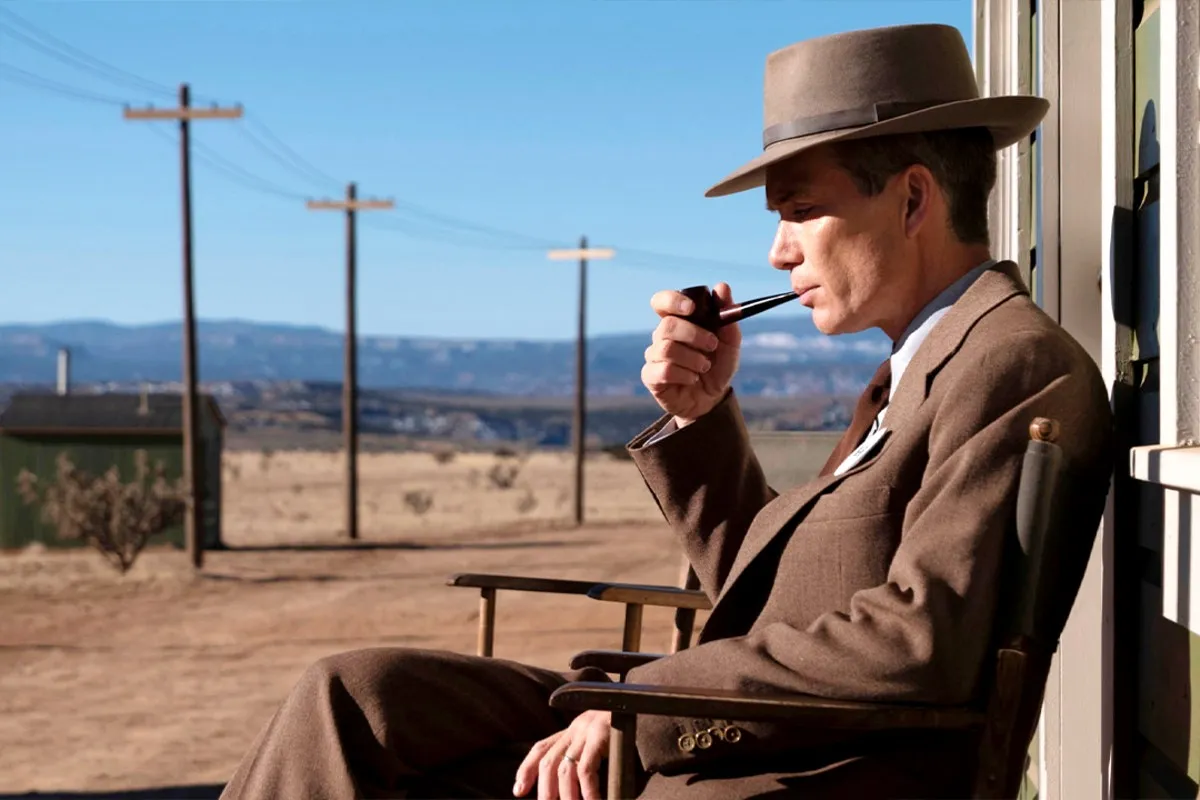Oppenheimer premiered in theaters on July 21, and while the film has been receiving largely positive reviews, there are some things it leaves out. Author and journalist Alisa Lynn Valdés has called out the Christopher Nolan film for perpetuating the myth that the Manhattan Project took over “barren land” in Los Alamos, New Mexico. Oppenheimer is a biographical drama about the life of theoretical physicist J. Robert Oppenheimer (Cillian Murphy), and particularly his role in the Manhattan Project—the name given to the United States military’s secret development of the atomic bomb.
The military relied on the remote location of Los Alamos, New Mexico, to conduct the research necessary to make the atomic bomb functional. Oppenheimer was actually the one who recommended a New Mexico site, as he owned a ranch there and believed the location’s secrecy, isolation, and natural beauty were suitable for the project. A large workforce of scientists and engineers relocated to the area, along with their families. The film goes on to explore Oppenheimer and his team’s work at Los Alamos and the eventual successful creation and testing of the atomic bomb.
However, Oppenheimer does not delve into the impact of the Manhattan Project on the community that lived in Los Alamos before it was seized by the U.S. government. The film glosses over this aspect so much that viewers, including a reviewer for the New York Times, walked away with the conclusion that the area was little more than barren land. Valdés is speaking out to set the historical record straight on Los Alamos.
Valdés points out the dark history Oppenheimer hides
In a Twitter thread, Valdés picked apart the quote from the New York Times‘ Oppenheimer review that described Los Alamos as “near-desolate,” with a reminder that the land was inhabited by Hispanos. Hispanos were descendants of Spanish settlers, who settled in the Southwest before it was annexed by the United States. By the time that the Manhattan Project began, the Hispanos largely inhabited the Pajarito Plateau, where they had homesteaded and farmed for decades. However, their life on the Pajarito Plateau ended abruptly when the U.S. government seized the land for the Manhattan Project. Rosario Martinez Fiorillo grew up in New Mexico during the Manhattan Project and recounted what it was like when the government swooped in. She described the military coming in with their guns and uniforms and how the Hispanos gave up their land out of fear and lack of options.
Many of these people didn’t get fair payment in exchange for their land, with the government being granted permission to immediately seize the land without even negotiating with landowners. It wasn’t until 2004 that Congress established a $10 million fund for the descendants of those who had their homes taken for little payment without legal representation during the land seizure in 1942. However, Valdés paints an even darker picture of how the government seized the Hispanos’ land. She describes how they were allegedly given less than 24 hours to leave before having their farms bulldozed and livestock killed, and being left with nowhere to go. Many Hispanos didn’t have much else besides their land, hence some took to working at the Los Alamos National Laboratory for the Manhattan Project.
Unfortunately, in addition to being displaced, those who returned to Los Alamos faced discrimination. Valdés detailed the story of Loyda Martinez, who in 2006 was one of five plaintiffs to originate a class-action discrimination lawsuit against Los Alamos National Laboratory for paying female and male Hispano workers less than white males. The plaintiffs succeeded in obtaining a $12 million award for members of the lawsuit. Valdes also alleges that Martinez filed and won another lawsuit against the lab for denying Hispano men safety gear when working with beryllium. However, there are no public records of this lawsuit, and the claims about Martinez’s father and other Hispano men being victims of beryllium exposure cannot be verified.
What can be confirmed is that Los Alamos was not desolate land. There was a community of people living there who had their lands snatched from them, many without fair compensation, and were left displaced and discriminated against in a place that had once been their own. It is very strange that a historical drama with as much detail as Oppenheimer would completely ignore this part of history.
(featured image: Universal Pictures)








Published: Jul 26, 2023 12:23 pm